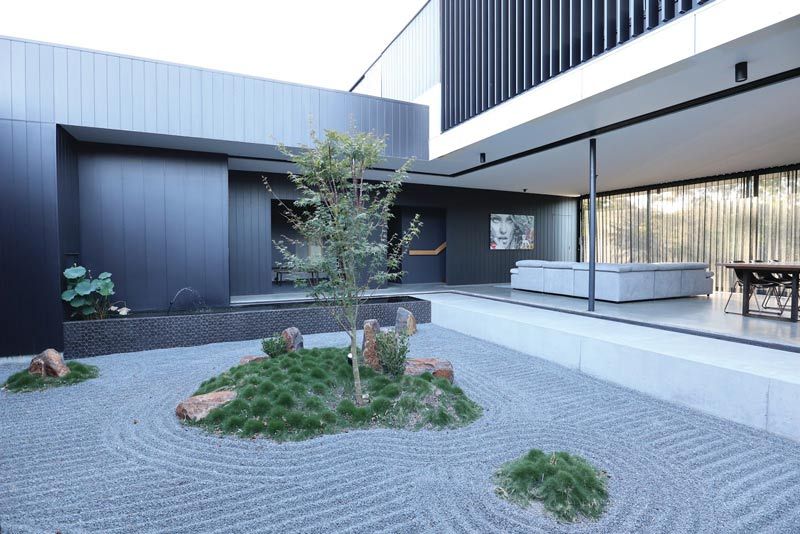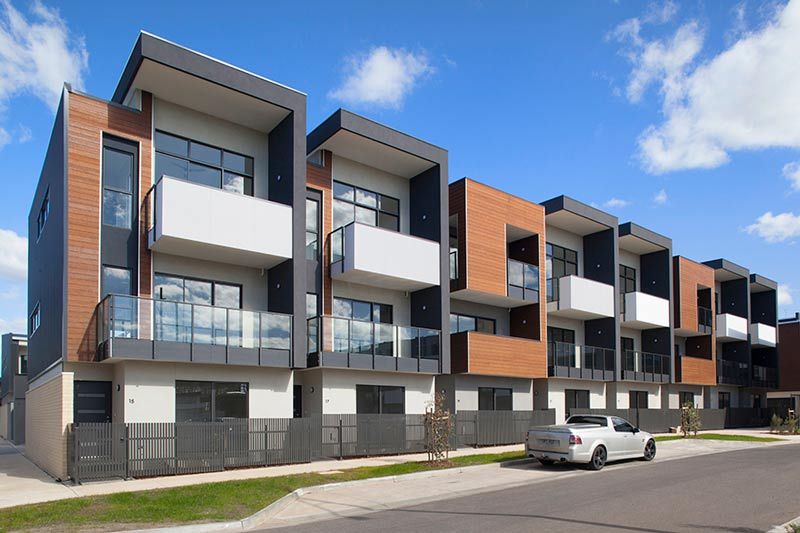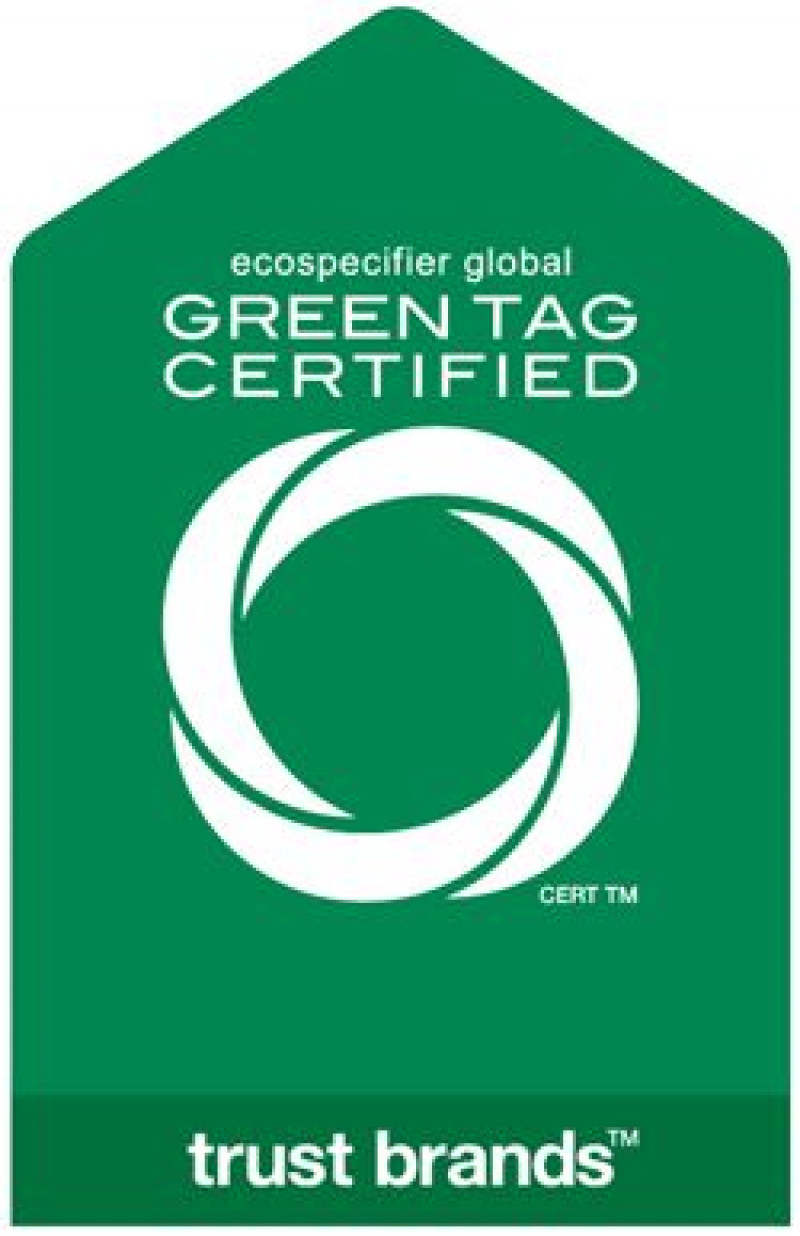-
Australia
Copyright © 2025 Powered by BCI Media Group Pty Ltd
Confirm Submission
Are you sure want to adding all Products to your Library?
Contact Detail

For many of us, when building a new home, building something that is certifiably sustainable is more important than ever. We all want to be good global citizens and minimise our impact on our environment. The good news is that given the variety and quality of sustainable materials and building designs that are now available, there’s no inconvenience and it’s all benefits to participate in the “green” movement when building that new home.
But what does “sustainable construction” actually mean?

Sustainable construction can be considered from a couple of angles. Starting with the most important: the materials used.
A sustainable house should be built with renewable or recycled materials as much as possible. There are plenty of options here, but one important thing to note is that while renewable or recycled materials are ideal, there will be times where a non-sustainable material might be preferable too. Durability should be an absolute concern in the sustainably-built home, as a durable component requires fewer replacements and repairs over the house’s lifespan.
Sustainable building materials doesn’t need to mean aesthetically uninteresting buildings, either. Take a look at some of Weathertex’s range, for example. All weatherboards that Weathertex supply are sources ethicalTake a look at some of Weathertex’s range, for example. All weatherboards that Weathertex supply are sources ethically and responsibly to ensure that sustainability plays a role right back to the manufacture of the boards. Additionally, you can choose between a wide range of options, from the natural wood look through to all kinds of different designs, and the weatherboards are rated up to 25 years, meaning that they won’t need to be replaced often at all.
How sustainable are Weathertex products?

Weathertex plays a crucial part in improving the sustainability of building products and practices and providing their customers the product transparency demanded in the market through third party accreditations.

In fact, Weathertex is the first global manufactured product to achieve Platinum GreenTagTM Certification for their Natural range. The primed flat cladding and wall panels also received Gold GreenTagTM Certification. An amazing feat for an Australian manufacturer to achieve such recognition.
GreenTagTM Certification guarantees assurance, practicality, efficiency, and trust. It is an ecolabelling program and one of the largest product certification systems globally. GreenTagTM is the only Certification Mark in the sector approved by the Australia Competition and Consumer Commission (ACCC), the US Patents and Trademarks Office and green building rating tools, across the globe.
Due to their transparency, sustainable third party credentials together with their commitment to providing high quality service and product resulted in Weathertex been voted #1 MOST TRUSTED BRAND in the Architecture & Design Brand Survey both in 2018 and 2016.
Choosing land & the environmental impact
The choice of land can play a key role in the sustainability of the building too. Try to choose a plot of land which can be built on with minimal impact – the less land degradation and deforestation that’s possible, the more sustainable the building project itself. Additionally, where possible, try to reuse the construction debris itself, otherwise, all of that waste will simply go straight to landfill.
Finally, when designing the house itself, look for ways to minimise the environmental impact that it will have in being used. Make good use of natural lighting to minimise the need to run electricity, for example, and natural insulation to minimise the need for air conditioning. Factor solar panels into your design (ensuring that there’s enough roof facing the morning sun, when the panels will be most effective), and make sure that the design has minimal requirements of water.
Why should I do all of this?
Beyond the good feeling that you’ll get from living in a truly sustainable house, there are other benefits from building your house to be environmentally friendly.
The first thing to note is that it’s not necessarily more expensive to build sustainable. Research shows that on average people believe that a sustainably-built house will cost 17 per cent more than a house built using non-sustainable elements, but in actual fact, the premium is only 1.7 per cent. In other words, building a sustainable house is no more expensive that incorporating any other premium material that you might use because of its aesthetic appeal.
But that’s only part of the story. One of the great things about sustainable design is that they save significant money for the homeowner. If you’re using less water and power, for example, then you’re saving money on an ongoing basis, and over the course of 10, 15 or 25 years, those numbers can really add up.
Furthermore, if you incorporate solar panels into your home design, then there’s every chance that you could even make a little bit of money back. An efficient house, with solar panels, may generate more power than it uses, which can be sold back to the grid to make your power bill a power earner.
Finally, there’s the property value itself to consider. With sustainability being so important to a growing number of people, the value of properties that can demonstrate that they have been constructed with sustainable materials, to sustainable best practices, will be higher – and will grow at a faster rate than otherwise. Research shows that properties with recorded sustainability features took up to 13 days less to sell, and that the median price for those properties was 10 per cent higher. Above and beyond the better standard of living that sustainably-built houses afford, they also make for better investment properties.
There will be a growing demand for sustainably sourced and constructed houses, from the materials used in the house itself, to the location of the property, and the way that it’s designed around sustainability. It’s easy to understand why. More durable, more comfortable, and a better asset, a sustainably-designed home isn’t just something you should feel like is the right thing to do in this day and age – it’s something that will make your home a far better place.
Looking for sustainable building materials? Contact the Weathertex team today.



